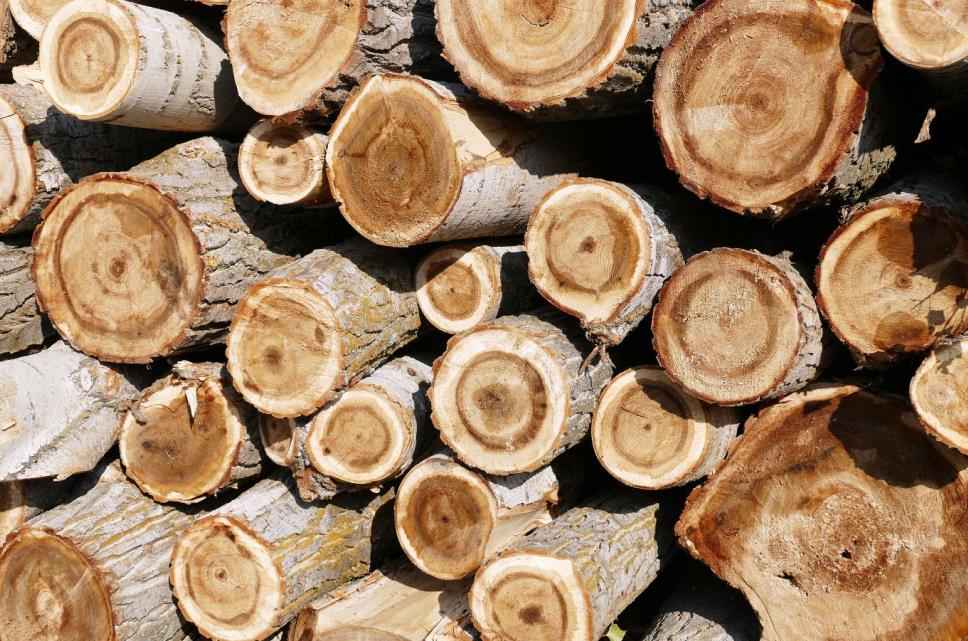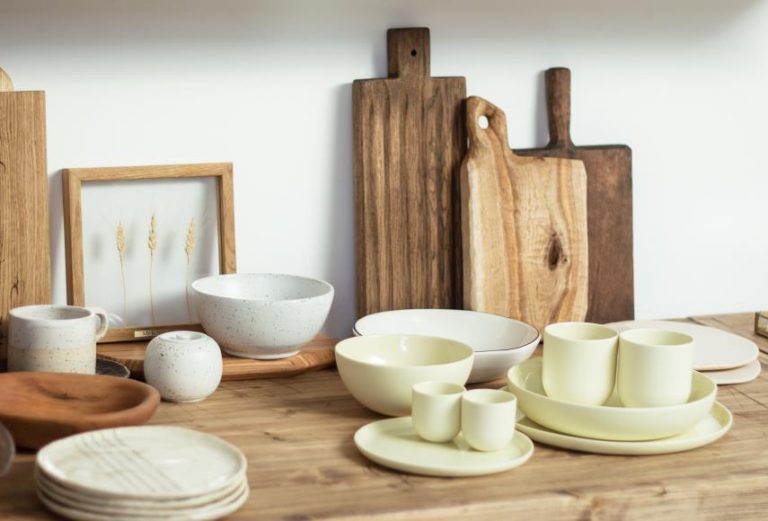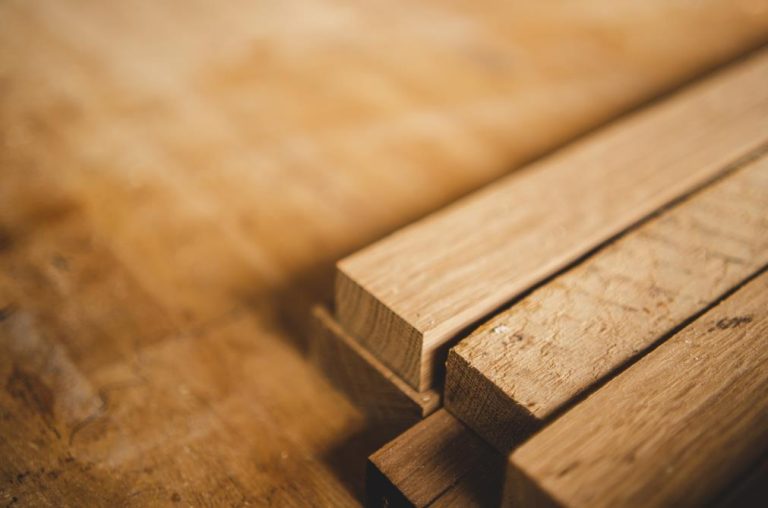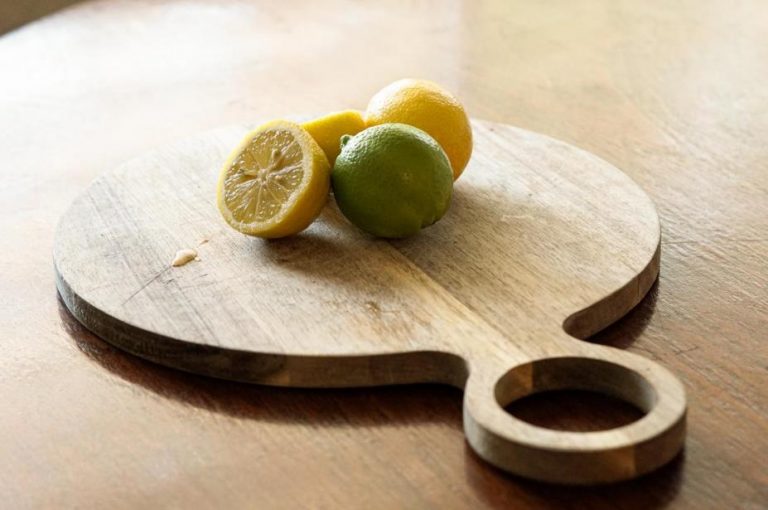Thousands of tree species offer a variety of lumber with different characteristics. Some are perfect for making cutting boards, while some aren’t considered viable.
The wood for making a cutting board should be hard but not too much that it dulls a knife. The hardness must be at a balanced point for the cutting board to remain intact, maintain its shape, and repel liquids and moisture.
When thinking about wood with these characteristics, poplar doesn’t come to mind as immediately as others. It has a fairly low hardness and large pores. These make people question poplar’s competence as a cutting board material.
In this article, we’ll help you form an idea about how capable poplar wood is for making cutting boards. Read to the end to find out if it makes a fitting cutting board to sell or brings more trouble than revenue.
What is poplar?
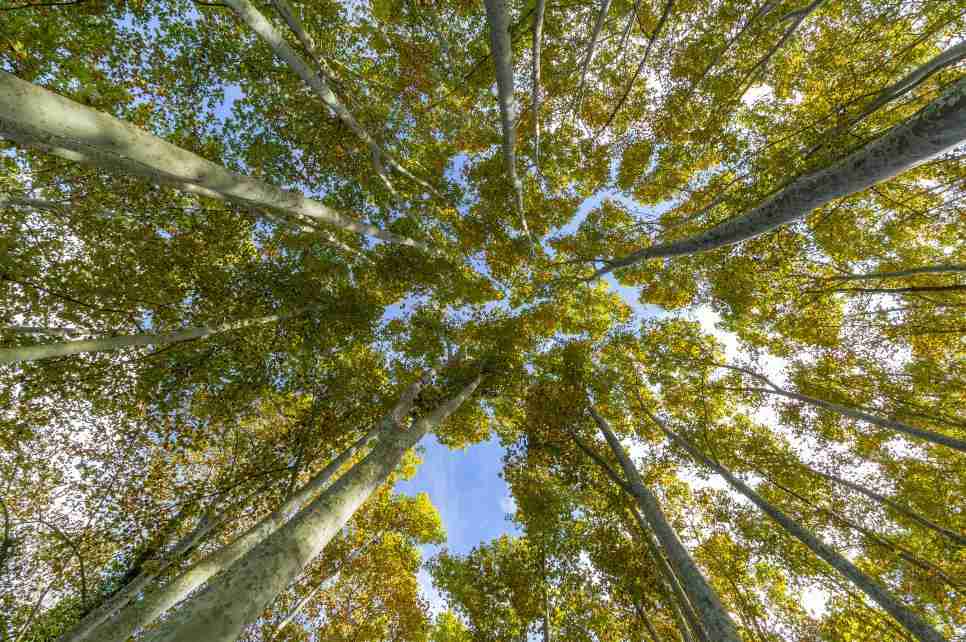
Poplar is a wood species favored for its easy workability with a creamy yellow to light brown color. Like many other hardwoods, it has a straight grain structure and uniform texture. However, poplar carries the traits of softwoods more than hardwoods.
Many consider poplar as too soft and porous for making a cutting board. On the Janka hardness scale, it scores 540 lbf. This is well below widespread hardwoods for making cutting boards, such as white oak (1,360 lbf), maple (1,450 lbf), and walnut (1,010).
This hardness isn’t sturdy enough to resist knife scratches. Poplar cutting boards are susceptible to deep scratches, even when employing them for regular chopping or mincing duties.
Poplar wood characteristics
Being susceptible to scratches alone is enough for many cooks to look for other alternatives. Nonetheless, there is more to poplar wood. Here’s a brief rundown of what to expect from poplar’s qualities.

Water resistance
The hardness and moisture resistance usually goes hand in hand – the denser the wood, the tinier the pores. This gives little way for liquids and moisture to penetrate the surface. In the case of poplar, these can’t be said.
Poplar isn’t hard enough to repel liquids and tends to absorb the juices from foods quickly. It obviously won’t be as instantaneous as a sponge but still too rapid considering the qualities a cutting board should entail.
Durability
Similarly, wood’s water resistance impacts durability significantly. If the wood can’t resist moisture, it tends to have a drop in durability. Even following close care, poplar cutting boards can warp, crack, and infested with insects.
These problems can be eased with proper finishing. The users also need to apply food-safe oil more often than other wooden cutting boards. Simple maintenance actions like these can prolong the lifespan of a poplar cutting board.
Workability
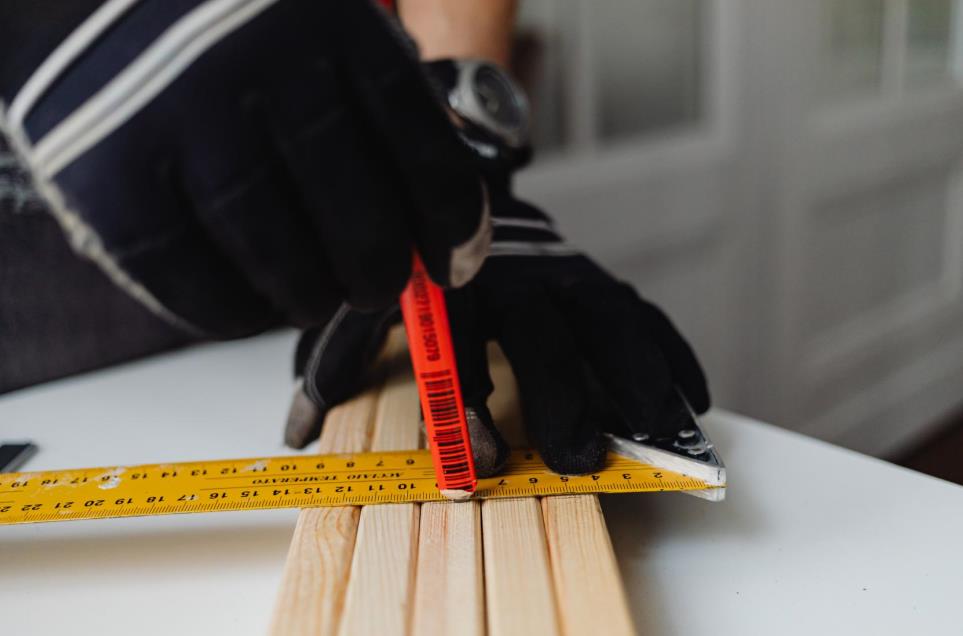
Poplar doesn’t boast a high hardness and is porous. These make poplar easy to work with for woodworkers. It doesn’t require special equipment to turn a poplar block into a cutting board.
Poplar also doesn’t wear down the machines worked with much, making it friendly for beginner woodworking projects. The easy workability and the wide availability, especially in the Southeastern United States, make poplar an affordable wood to obtain.
Appearance
Poplar has straight grains with an even texture. It appears light in color, ranging from nearly white to creamy yellow to a golden brown. Some poplar display streaks of various colors that got them the nickname rainbow poplar.
Poplar’s light color with its large pores is another reason why not many fancy them as a cutting board. The juices from foods can penetrate deep into the surface, giving it stubborn stains.
Conclusion: is poplar good for making cutting boards?
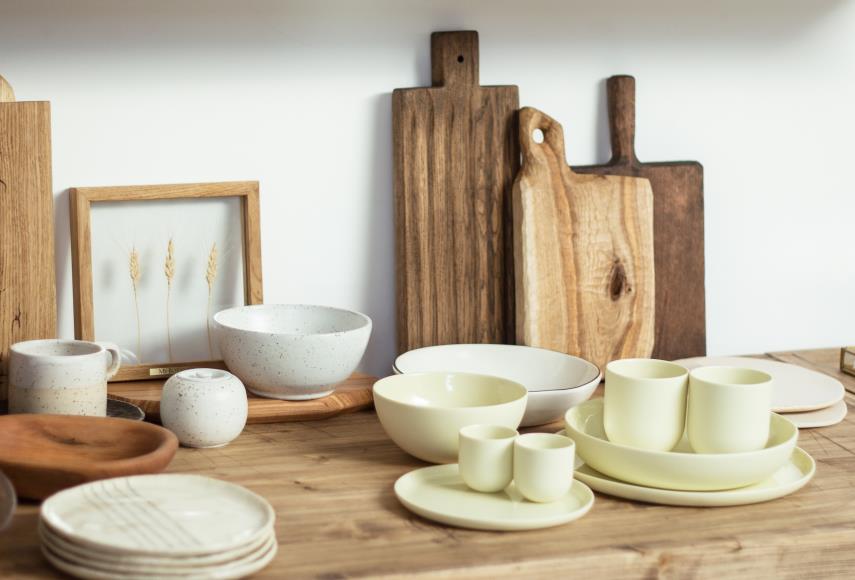
Poplar lacks the hardness to build a safe relationship with foods. The cutting boards made from this wood isn’t hard enough to resist deep scratches. This, paired with the large pores, can make them suck up liquids.
When the scratches get too deep, it can be difficult to clean and lead to bacterial growth, making it an unsafe material for cutting boards.
Despite poplar not being an appropriate cutting board material, its low cost and wide availability enabled it to find a place in the industry. For this reason, there is a disproportionate number of poplar cutting boards.
Many shops sell poplar cutting boards well below the market rates of other wooden cutting boards. You can choose to do the same, but your customers are likely to question their purchase after some use. This can put your store’s image in jeopardy.
Better alternatives to poplar
You have better options than poplar if you want to sell affordable wooden cutting boards. Plentiful other wood is there with superior quality and economical prices at wholesale – especially if you partner with us. Here are some of these options to consider.
Acacia
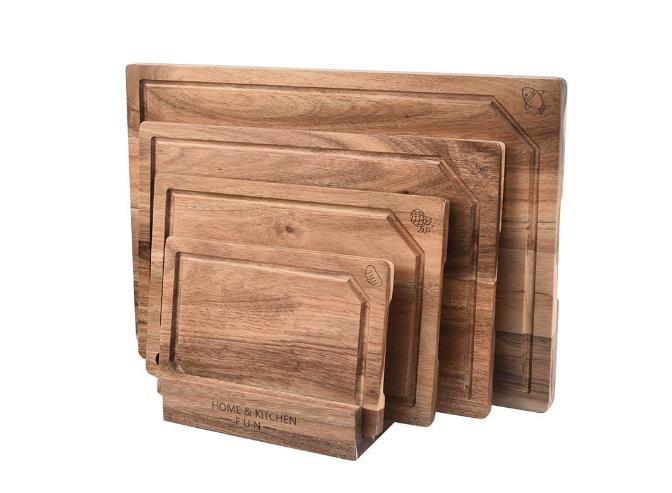
Acacia wood offers ranging features, depending on the variety. Acacia cutting boards have various colors and patterns and are durable enough to withstand regular use. There is an acacia cutting board for every customer’s budget and liking.
Many possibilities within one enabled acacia to have a leading place in cutting boards. When browsing wholesale wood cutting boards, it’s nearly impossible to avoid them, no matter the manufacturer.
Teak
Teak makes one of the most water-resistant cutting boards. Many others achieve the same level of water resistance through hardness. Teak stands out with a unique twist, repelling liquids and blocking moisture from penetrating the surface with its high natural oil content. Even after being processed and finishing applied, teak retains a high amount of natural oils. These enabled teak to be one of the best woods for cutting boards.
Teak cutting boards also don’t get scratched easily. The possible downside to teak cutting boards is their high porosity, though frequent oiling helps keep them in top shape. Another is the sustainability question. It’s critical for manufacturers to know the source of their teak to avoid contributing to deforestation.
Sapele
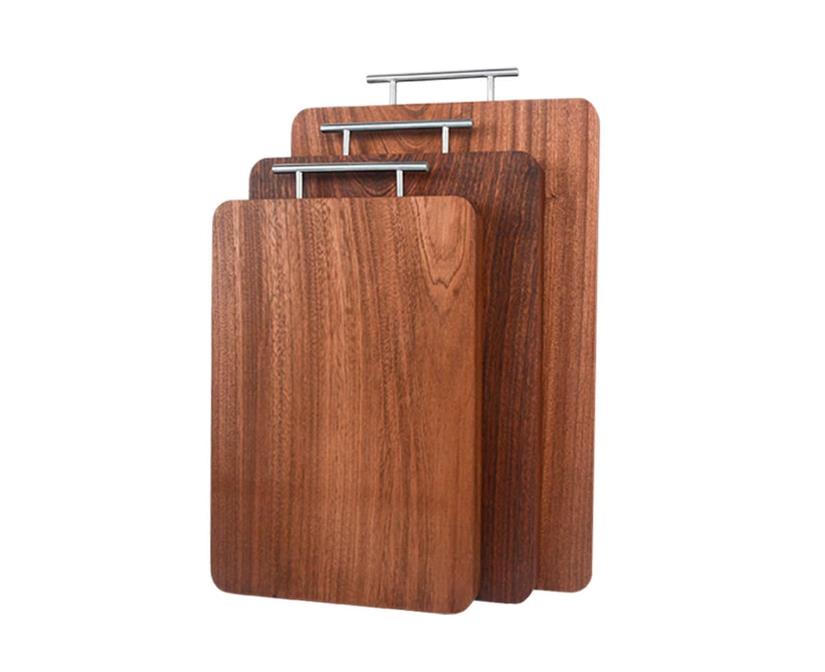
Sapele produces yet another sturdy cutting board, standing out with its rich grain patterns. Sapele has a dark, reddish brown color with hues of golden yellow.
Sapele appears similar to mahogany but with higher hardness, better moisture resistance, and durability. It’s also easier to machine and work with hand tools, making it less costly to manufacture. Sapele cutting boards offer excellent value for the money. It’s a highly efficient wood for producing cutting boards.
Source cutting boards from LeeKnives
Other than knives, we manufacture a broad category of wooden cutting boards. The same as our knives, we take pride in delivering top-quality products with affordable pricing to businesses of all sizes. No matter the size of your shop, we’re prepared to partner up and be the only source you’ll ever need.
Browse our cutting boards catalog from here. We have cutting boards with varying specifications, designs, and sets to accommodate the needs of your clientele.
In addition to wholesale, you can customize products to give identity to each product. We provide logo prints and engravings, custom packaging, and more. All these come with worldwide shipping and support from our professional staff to help you keep your orders in check. Contact us now to learn more.
